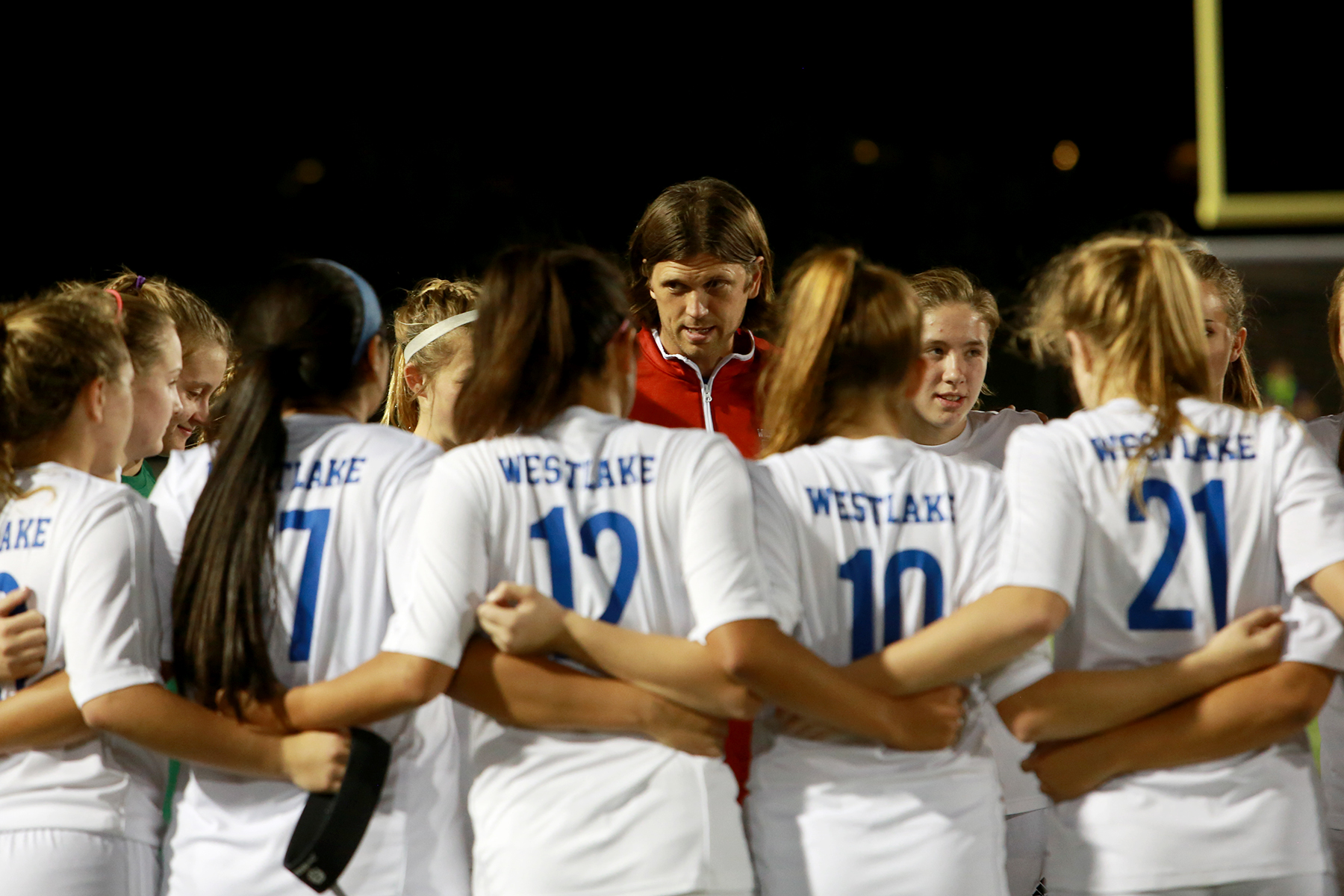Returning to School Sports Runs Low Risk for COVID-19 Infection, Say Experts

As students head back to school this fall, sports medicine physicians with Loyola Medicine say the risk of COVID-19 exposure among student athletes is low.
According to Nathaniel Jones, MD, a sports medicine physician for Loyola Medicine, “Indoor contact sports and football see slightly increased risk of transmission, but the overall risk remains minimal, and most transmission occurs outside of the sports setting. Our priorities have not changed for COVID-19 since the start of the pandemic. If you follow guidelines and take proper precautions, you can greatly minimize the risk of becoming infected.”
Despite the low risk of COVID-19 exposure to student athletes, acclimating to the increase in activity level is another challenge for students jumping back into sports this year.
“Many students haven’t been diligent about keeping up their activity levels this summer, so they may be starting from scratch,” said Pietro Tonino, MD, an orthopaedic surgeon and director of the sports medicine program for Loyola Medicine. “They are more susceptible to injury as they get back into sports, and their first 3-4 weeks of practice turns into conditioning time.”
Dr. Jones recommends training at cooler times throughout the day, staying hydrated and following a progression of starting slowly while working your way up.
Stacey Bennis, MD, a sports medicine physician for Loyola Medicine, is already seeing a rise in appointments across all age groups as people work to increase their activity levels, and as schools and gyms reopen. “We’re seeing an uptick in sports injuries now, whereas over the past year we were seeing more arthritis and slip and fall injuries.”
Dr. Bennis highlights the importance of taking it slow as people get back into shape to avoid acute sports injuries; the most common being knee injuries, muscle and tendon tears, ankle sprains, shoulder injuries in throwing athletes, and stress fractures (especially in female athletes).
“The number of women presenting with these injuries is on the rise as they return to exercise after a busy year of juggling caring for their families and working through the COVID-19 pandemic,” Dr. Bennis says. “Rushing back into exercise after so much time off only increases the risk of injury.”
Dr. Bennis and the sports medicine team at Loyola Medicine rely on a multidisciplinary approach, combining physical therapy with OB/GYN, urogynecology and pain management care, to address these key differences between women and men. “At any age, my patient population tends to skew towards women, so for me it’s important to make sure I am providing patients with an adequate treatment plan specific to their demographics.”
As school starts for many kids this month, Dr. Jones also emphasizes the social and mental benefits of getting kids back into sports on top of the physical benefits. “During the height of the pandemic, students missed out on both the psychological and physical benefits of school sports, as well as the socialization of being with their peers every day. Returning to sports this year will be beneficial to their well-being as a whole, even as the pandemic continues around us.”
